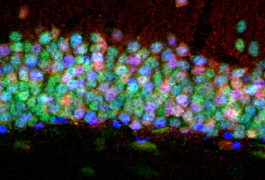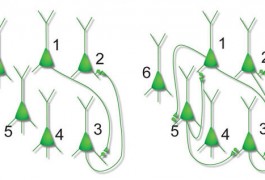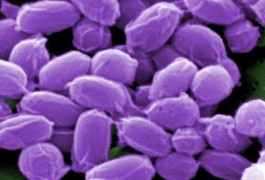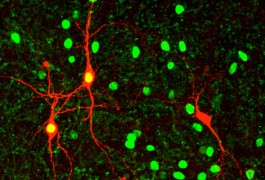Cognition and behavior: Mutant mice show social deficits
Mice lacking a gene that regulates an important signaling pathway in the central nervous system have severe autism-like social deficits, including little interest in nurturing their offspring and problems with learning and memory.







